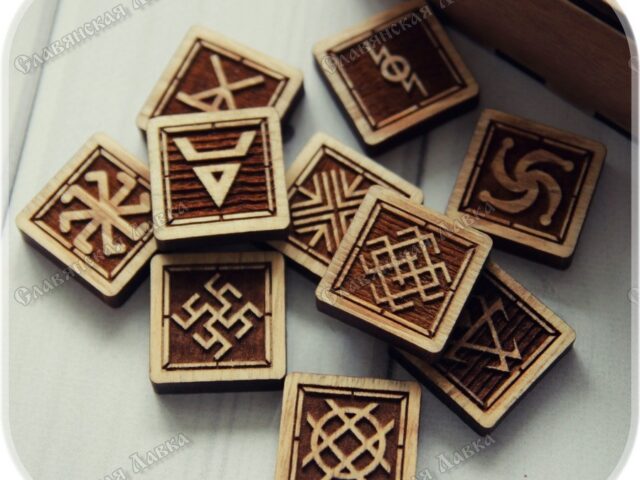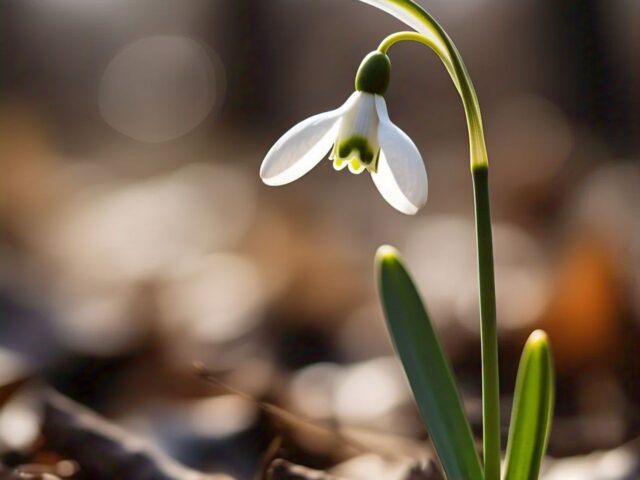In the Slavic tradition, setting goals and intentions was a sacred practice deeply rooted in the cycles of nature. As we navigate our own journey of self-discovery and growth, we can draw inspiration from these ancient practices to manifest our deepest desires. The Power of Winter Solstice In the Slavic tradition, the winter solstice marked a critical moment for reflection and intention-setting. It was a time to: The Magic of Spring Equinox As the earth awakens from its winter slumber, the spring equinox offers a potent opportunity to manifest your desires. In Slavic tradition, this …
 Blog
BlogSetting Intentions, Slavic Style: A Guide to Manifesting Your Goals
 Blog
BlogSpring Cleaning, Slavic Style: Preparing for Sacred Celebrations
As the seasons change and big celebrations like the spring equinox, autumn equinox, summer solstice, and winter solstice approach, many of us are unaware of the ancient Slavic tradition of thorough cleansing – not just of our physical surroundings, but also of our spiritual and natural environments. A Holistic Approach to Cleaning In Slavic tradition, preparation for sacred celebrations involved a multi-faceted cleaning ritual. This encompassed: The Significance of Environmental Cleaning In ethnographic accounts, it’s remarkable to note that Slavs would often sweep and clean the forests surrounding their villages. This practice underscores the deep …
 Blog
BlogMokosh: The Slavic Goddess of Fate
Mokosh, the ancient Slavic goddess of fate, is revered for her power to weave the threads of life. According to legend, Mokosh spins white threads for those destined for happiness and black threads for those facing adversity. The fate of humanity hangs in the balance of these delicate threads. Honoring Mokosh: 12 Fridays of the Year Twelve Fridays throughout the year are dedicated to Mokosh, with each Friday holding special significance. During these days, women are encouraged to engage in protective handicrafts, such as: Symbolism of Mokosh The symbol of Mokosh, known as Rodovik, represents …
 Blog
BlogThe Mysteries of Slavic Magic: Understanding the Power of Slavic Runes – Rod’s Rez
From ancient times, Slavs have communicated with the gods through symbols, protecting their homes with intricate carvings, wishing good fortune and happiness through embroidery, and healing by drawing signs on the body. Rod’s Rez, or Rod’s Carvings, are traditional symbols used to connect with the Slavic gods. When applied to any surface, they convey desires to the Higher Powers. Have you ever wondered about the place where you receive answers from the gods and goddesses? We call this sacred space the Vedic Field, a realm that exists beyond our physical world. While we can’t pinpoint …
 Blog
BlogThe Mysteries of Veles: Birth, Destiny, and Patronage
Veles, the powerful Slavic god, has been the subject of numerous legends and tales. His existence is well-known, even among those who are not deeply familiar with Slavic culture. Are you ready to delve into the sacred and uncover some of the mysteries surrounding Veles? Then let’s begin! Veles Birth The origins of Veles are not straightforward. Some sources suggest that he is the son of Zemuna, the Cow, who was herself created by Rod, the supreme god. However, the identity of Veles’ father is unclear, with some accounts attributing it to Rod and others …
 Blog
BlogHow to Know if a Ritual was Successful: Understanding the Signs
We’ve all been there – eagerly waiting for our desires to manifest and our plans to come to fruition. But have you ever wondered if there’s a way to know immediately if a ritual was successful and if your wishes will be granted? In this article, we’ll explore the signs that indicate a ritual was successful and provide guidance on how to understand the outcome of your spiritual endeavors. Understanding the Signs So, how do you know if a ritual was successful? Here are a few signs to look out for: By paying attention to …
 Blog
BlogThe Ancient Slavic Ritual of Name-Giving: A Symbol of Destiny and Purpose
In ancient Slavic cultures, the birth of a child was a momentous occasion, marked by a sacred ritual known as “имянаречение” or name-giving. This ceremony was not just a simple naming process, but a deeply meaningful tradition that signified the child’s destiny and purpose in life. The ritual was typically performed on the spring equinox, a day of great significance in ancient Slavic cultures. On this day, all children of the same age group would gather to undergo the name-giving ceremony. The ritual began with the washing away of the child’s old, informal name, often …
 Blog
BlogProtect Yourself from Negative Energy: Unlock the Secrets of Evil Eye Protection in Slavic Culture
Protect Yourself from Negative Energy: Unlock the Secrets of Evil Eye Protection in Slavic Culture Are you tired of feeling drained, anxious, or uncertain? Do you sense that someone’s negative energy is affecting your life? For centuries, Slavic cultures have relied on ancient traditions to ward off the evil eye and protect themselves from harm. Now, you can tap into this powerful knowledge and safeguard your own energy with our exclusive video, “Evil Eye Protection in Slavic Culture.” Discover the Hidden Meaning Behind Slavic Symbols In this enlightening video, you’ll delve into the mystical world …
 Blog
BlogThe True Meaning of Victory: Rethinking the Concept of “Enemy”
In our pursuit of success and happiness, we often view the concept of “enemy” as something to be vanquished or destroyed. However, have we ever stopped to consider the true meaning of victory and the role of the “enemy” in our lives? The Word “Victory”: A Deeper Understanding The Russian word for “victory,” “победа,” holds a profound significance that transcends the conventional notion of winning or defeating an adversary. When broken down, the word reveals two distinct interpretations: 1. “По-” (following) + “беда” (misfortune) = “following the path of misfortune.” This definition highlights the idea that …
 Blog
BlogThe Snowdrop: A Symbol of Strong Goal-Setting and Female Empowerment
In ancient Russian culture, the snowdrop flower was revered as a powerful symbol of strong motivation, goal-setting, and female initiation. This delicate, white bloom was often depicted in traditional Russian art, including lacquer miniatures, lubok prints, and 18th-century shawls. The Snowdrop’s Symbolism The snowdrop represented hope, renewal, and consolation, reminding women of the importance of self-discovery and determination. In Russian folklore, the snowdrop was often associated with the goddess Lelia, who embodied female power and fertility. Female Initiation and Empowerment In traditional Russian culture, the snowdrop was linked to the rite of passage for young women, …